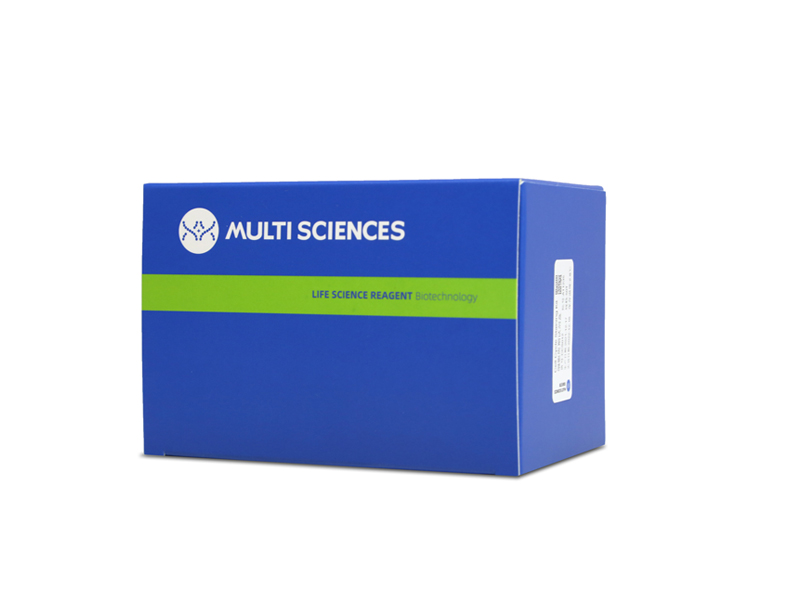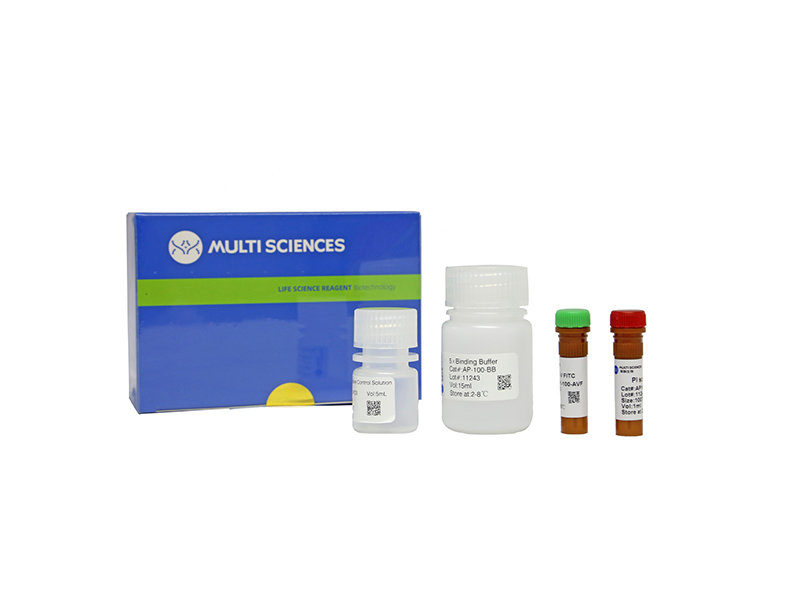Background:Natural killer/T-cell lymphoma (NKTCL) is a highly aggressive non-Hodgkin lymphoma often resistant to chemotherapy. Serum level of soluble IL-2 receptor α (IL-2Rα) is elevated in NKTCL patients and correlates significantly with treatment response and survival. In the current study we examined the potential role of IL-2Rα by over-expressing IL-2Rα in representative cell lines.
Methods:Levels of IL-2Rα were evaluated in the human natural killer cell line NK-92 and the NKTCL cell line SNK-6. Lentiviral vectors were used to express latent membrane protein 1 (LMP1) in NK-92 cells, and IL-2Rα in both NK-92 and SNK-6 cells. The biological effects of these genes on proliferation, apoptosis, cell cycle distribution, and chemosensitivity were analyzed.
Results:Expression of IL-2Rα was significantly higher in SNK-6 cells than in NK-92 cells. Expressing LMP1 in NK-92 cells remarkably up-regulated IL-2Rα levels, whereas selective inhibitorss of the proteins in the MAPK/NF-κB pathway significantly down-regulated IL-2Rα. IL-2Rα overexpression in SNK-6 cells promoted cell proliferation by altering cell cycle distribution, and induced resistance to gemcitabine, doxorubicin, and asparaginase. These effects were reversed by an anti-IL-2Rα antibody.
Conclusions:Our results suggest that LMP1 activates the MAPK/NF-κB pathway in NKTCL cells, up-regulating IL-2Rα expression. IL-2Rα overexpression promotes growth and chemoresistance in NKTCL, making this interleukin receptor a potential therapeutic target.
文章引用产品列表
-
- AT105 187 Citations
- 凋亡试剂盒
Annexin V-APC/7-AAD Apoptosis Kit(细胞凋亡试剂盒 - 贴壁细胞专用)
- ¥1,010.00 – ¥2,090.00
-
- AP105 324 Citations
- 凋亡试剂盒
Annexin V-APC/7-AAD Apoptosis Kit 细胞凋亡试剂盒
- ¥780.00 – ¥1,860.00



